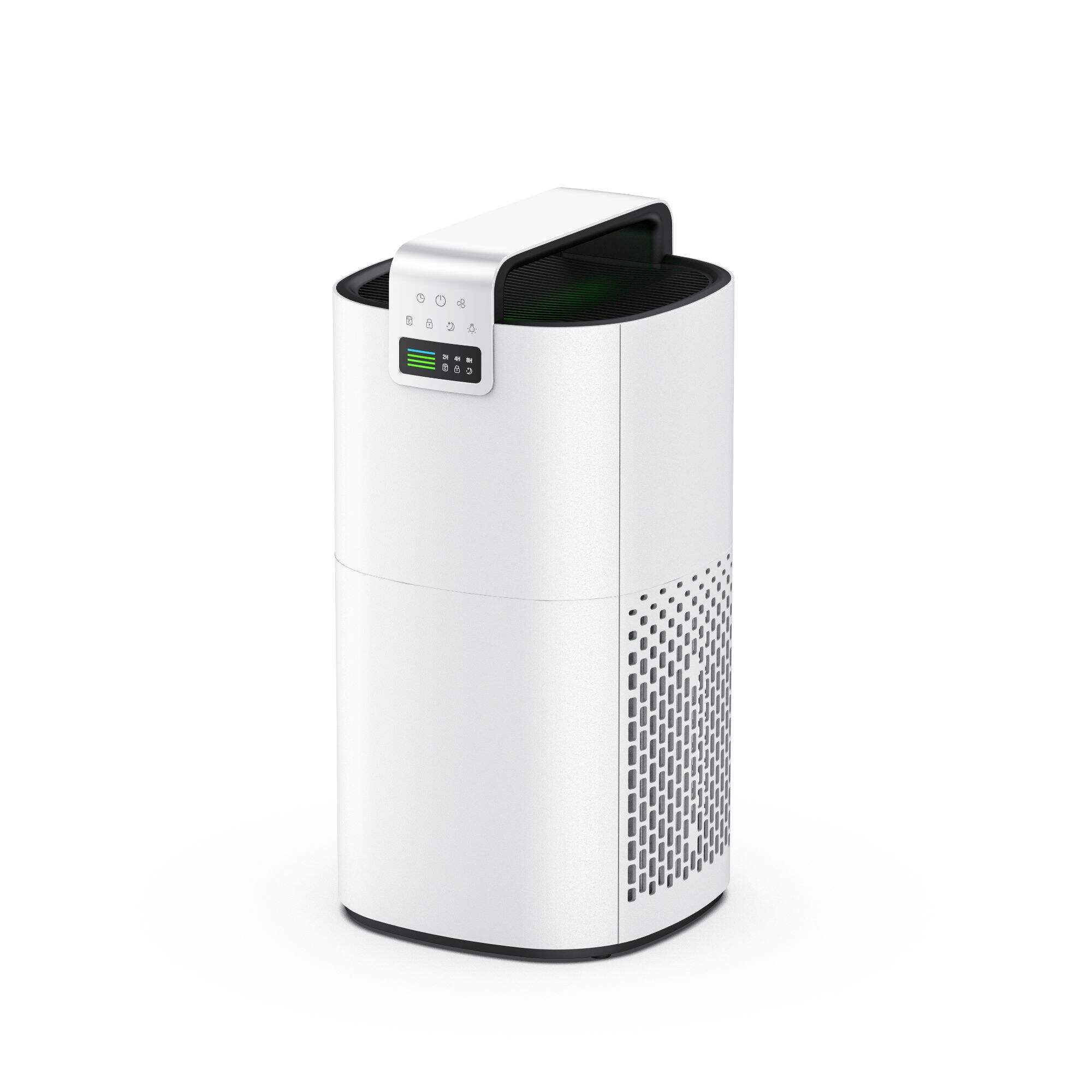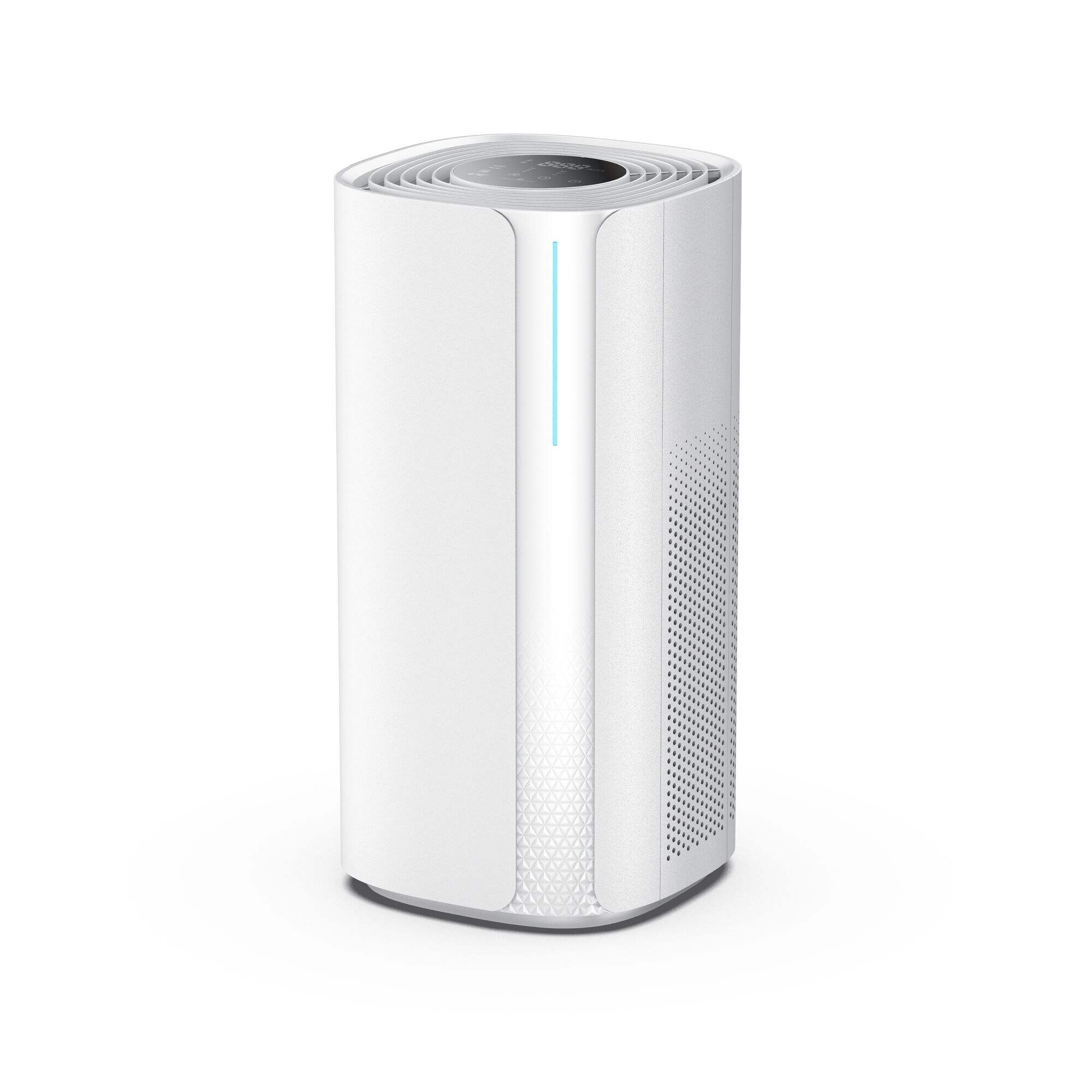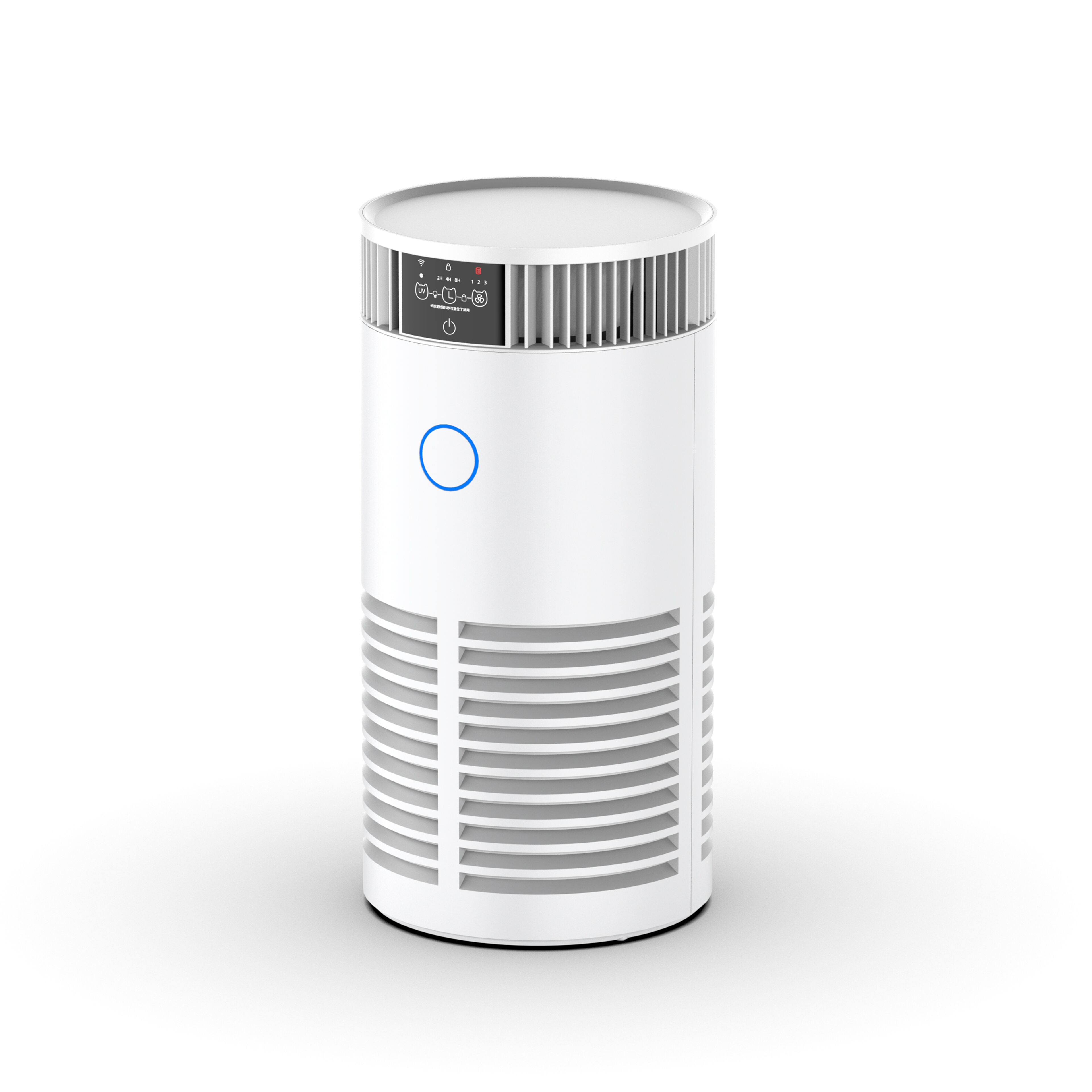Enhance Indoor Air Quality with Advanced Filtration Systems
Why Indoor Air Quality Matters
Health Risks of Poor IAQ
Poor indoor air quality (IAQ) can significantly impact health, leading to various respiratory conditions, asthma exacerbations, allergic reactions, and even serious long-term health issues. The impact on respiratory health is particularly well-documented; according to the World Health Organization, air pollution, both indoor and outdoor, is responsible for exacerbating conditions such as asthma and chronic respiratory diseases. Vulnerable groups, including children, the elderly, and individuals with pre-existing health conditions, are particularly susceptible to these health risks, as their immune systems may find it more challenging to cope with impurities in the air. Therefore, understanding and improving IAQ is crucial for the well-being of families, especially those with members who are more vulnerable.
Common Indoor Air Pollutants
Identifying common indoor air pollutants is a critical step in maintaining a healthy living environment. Key indoor air pollutants include particulate matter (PM), volatile organic compounds (VOCs), carbon monoxide, and biological contaminants such as mold and bacteria. These pollutants have various sources: household cleaning products release volatile organic compounds, building materials can emit harmful gases like radon, and cooking can elevate levels of carbon monoxide. Even pets contribute as they can carry dirt and allergens into our homes. Research demonstrates that some indoor spaces can accumulate higher levels of specific pollutants than what's found outdoors, even in urban areas. By identifying and managing these pollutants, we can ensure a healthier home environment.
Socioeconomic Factors in Air Quality
Socioeconomic status plays a significant role in determining the quality of indoor air and the accessibility of air-purifying solutions, often leading to disparities in air quality. Low-income households might struggle more with higher levels of indoor air pollutants due to inadequate housing, poor ventilation, and limited resources to implement effective air purification measures. For instance, studies have shown that these homes are more likely to experience increased exposure to allergens and harmful pollutants. Community initiatives are stepping up to address these disparities, championing efforts like providing affordable air purifiers and education on improving air quality in underprivileged areas. These initiatives aim to bridge the gap and enhance living conditions for all socio-economic groups.
Advanced Filtration Technologies for Healthier Homes
HEPA Filters: The Gold Standard in Particle Removal
HEPA filters are renowned for their remarkable ability to capture 99.97% of airborne particles as small as 0.3 microns. This makes them exceptionally effective in removing allergens, dust, and other fine particles from the air. For individuals with asthma or allergies, HEPA filters are particularly beneficial. A study published in the Journal of Asthma highlights their effectiveness in significantly reducing asthma symptoms by maintaining cleaner indoor air. To ensure these filters perform optimally, it's essential to replace them every six months to a year, depending on usage and environmental conditions. Following these guidelines can maintain their efficiency and enhance the overall air quality in your home.
Smart Ventilation & Air Quality Monitoring
Smart ventilation systems represent a leap forward in maintaining healthy indoor environments by combining effective pollutant control with energy efficiency. These systems intelligently manage airflow to ensure a fresh air supply while minimizing energy consumption. Key benefits of integrated air quality monitoring include real-time tracking of air pollutants, alerting users when air quality deteriorates. Unlike traditional ventilation, smart systems offer automation and improved efficiency. A smart home could, for instance, increase ventilation when cooking to better mitigate any indoor pollutants that may arise, ensuring a continuous supply of fresh air.
Ionizers and App-Controlled Purification
Ionizers function by emitting charged particles that bond with airborne contaminants, causing them to settle out of the air. Compared to HEPA filters, ionizers may offer a quieter alternative, though care should be taken due to their potential to emit ozone, a consideration particularly for households with children or those with respiratory concerns. App-controlled purification systems provide a convenient solution for managing indoor air quality, offering features like scheduling, remote control, and air quality tracking. However, it's crucial to ensure that these devices comply with safety standards to mitigate any risk associated with ozone production from certain ionizers.
Top Solutions for Enhanced Indoor Air Quality
Home 3-in-1 HEPA Filter Air Purifier with Aromatherapy
The Home 3-in-1 HEPA Filter Air Purifier with Aromatherapy is designed to deliver clean air while providing a soothing ambiance. This device combines air purification, aroma diffusion, and deodorization in one, making it a multifaceted solution for those seeking improved air quality and enhanced mood. It effectively captures airborne particles with its HEPA filter, while the aromatherapy feature releases pleasant scents that can uplift your spirits and contribute to a sense of well-being. Users appreciate the dual function of air purification paired with relaxing aromatic scents, stating significant improvement in air quality and mood enhancement. This combination of air purification and aromatherapy creates a balanced indoor environment conducive to both health and relaxation.
Household Smart Air Quality Monitor & Purifier System
The Household Smart Air Quality Monitor & Purifier System is a revolutionary device that synchronizes air quality monitoring with purification. It adapts to real-time air quality changes, providing users an effective way to proactively tackle indoor air challenges. Such systems are pivotal in promoting health by instantly alerting users to poor air conditions, allowing swift action to mitigate risks. This is crucial in environments where air quality can affect health, such as homes with vulnerable individuals. Studies reveal high user satisfaction rates, indicating that smart air filtration systems positively influence both health and air quality. This device is a step forward in adopting smart technologies for improving indoor atmospheres.
210m³/h Ionizer Air Purifier with APP Control
The 210m³/h Ionizer Air Purifier with APP Control is designed to cover large areas, making it ideal for both homes and offices. Its robust ionizer mechanism effectively purifies air by neutralizing airborne particles, offering a wide coverage area and substantial improvement in air quality. The APP control feature enhances user convenience by allowing remote management, including scheduling purification cycles and monitoring air status. This ease of use sets it apart from traditional models, which often lack real-time control and flexibility. User reviews often commend its efficiency and user-friendly interface, confirming its competitive edge in the market.
Optimizing Your Air Filtration System
Maintenance Best Practices for Peak Performance
To ensure peak performance in air filtration systems, regular maintenance is essential. This includes routine filter replacements and systematic cleaning protocols. Performing these actions not only enhances air quality but also extends the lifespan of the equipment, ensuring that it operates efficiently over longer periods. Regular maintenance helps filtration systems remove airborne pollutants, providing fresher and healthier indoor air. To make this task easier, homeowners can follow a checklist that includes inspecting filters monthly, cleaning pre-filters every week, and replacing HEPA filters every six months. These steps are vital for maintaining an optimal air purification process and maximizing health benefits.
Integrating Purification with HVAC Systems
Integrating air purification systems with existing HVAC setups presents a comprehensive solution for air quality management. By doing so, these systems can effectively remove pollutants from the air while maintaining consistent temperature and humidity control, a dual function offering cost savings and improved energy efficiency. Such integration reduces the need for standalone air purifiers, cutting down on energy consumption and operational costs. Real-world examples show success stories where installations improved indoor environments substantially, enhancing air quality while reducing expenditure. This holistic approach not only ensures cleaner air but also provides energy efficiency and financial benefits.
When to Upgrade Your Filtration Technology
Knowing when to upgrade filtration technology is crucial for maintaining superior indoor air quality. Signs such as increased allergies, inefficiency in filtering dust and allergens, and outdated systems signal the need for an upgrade. Advances in filtration technology now offer more effective solutions, such as enhanced HEPA filters and smart air purifier systems adaptable to real-time air quality changes. Expert opinions emphasize the importance of staying updated with current air quality solutions to ensure the health and well-being of inhabitants. Upgrading ensures access to the latest innovations, such as better particulate removal capabilities and energy-efficient operations, keeping indoor environments clean and conducive to good health.

 EN
EN
 AR
AR
 NL
NL
 FR
FR
 DE
DE
 EL
EL
 HI
HI
 IT
IT
 JA
JA
 KO
KO
 PL
PL
 PT
PT
 ES
ES
 ID
ID
 VI
VI
 TH
TH
 TR
TR
 MS
MS



